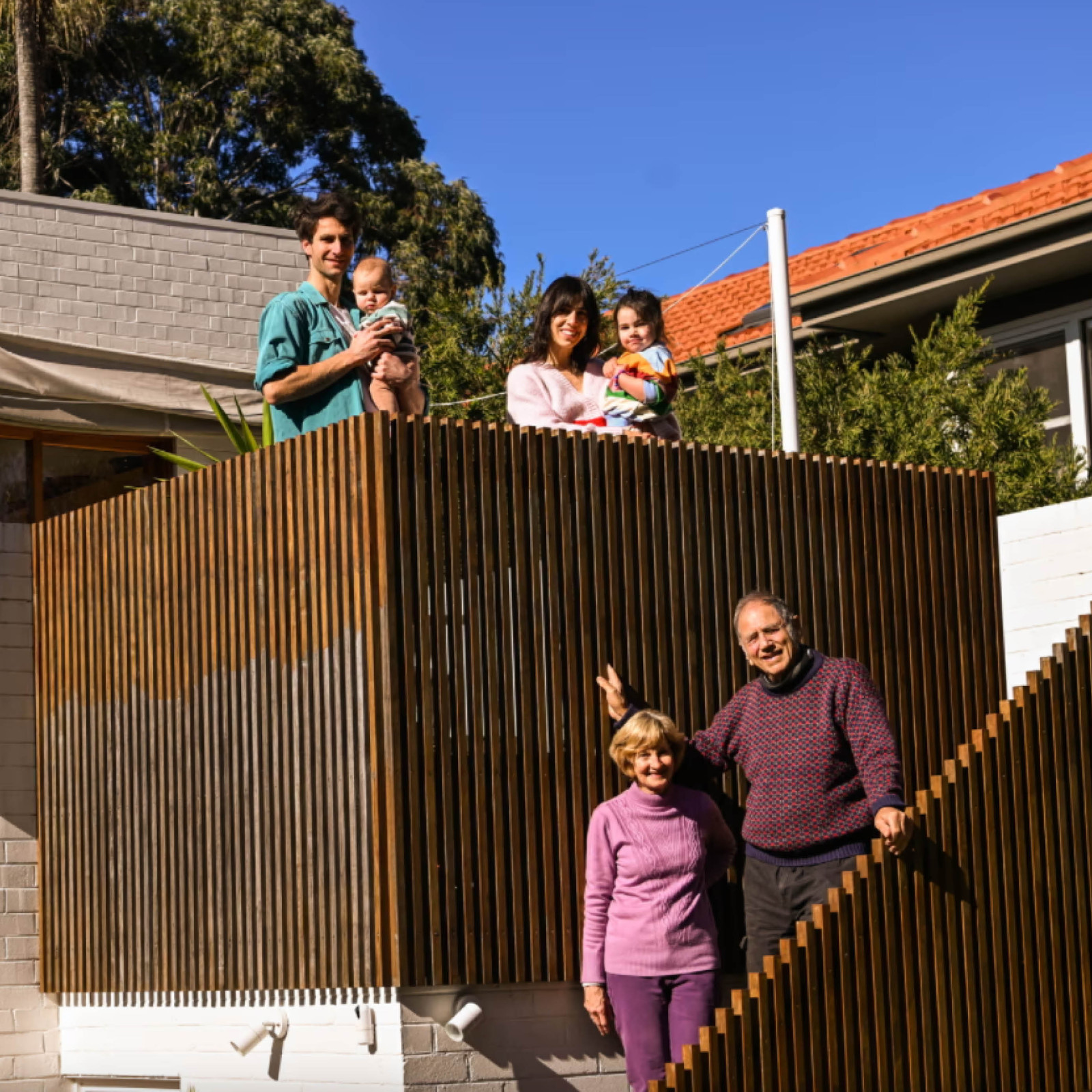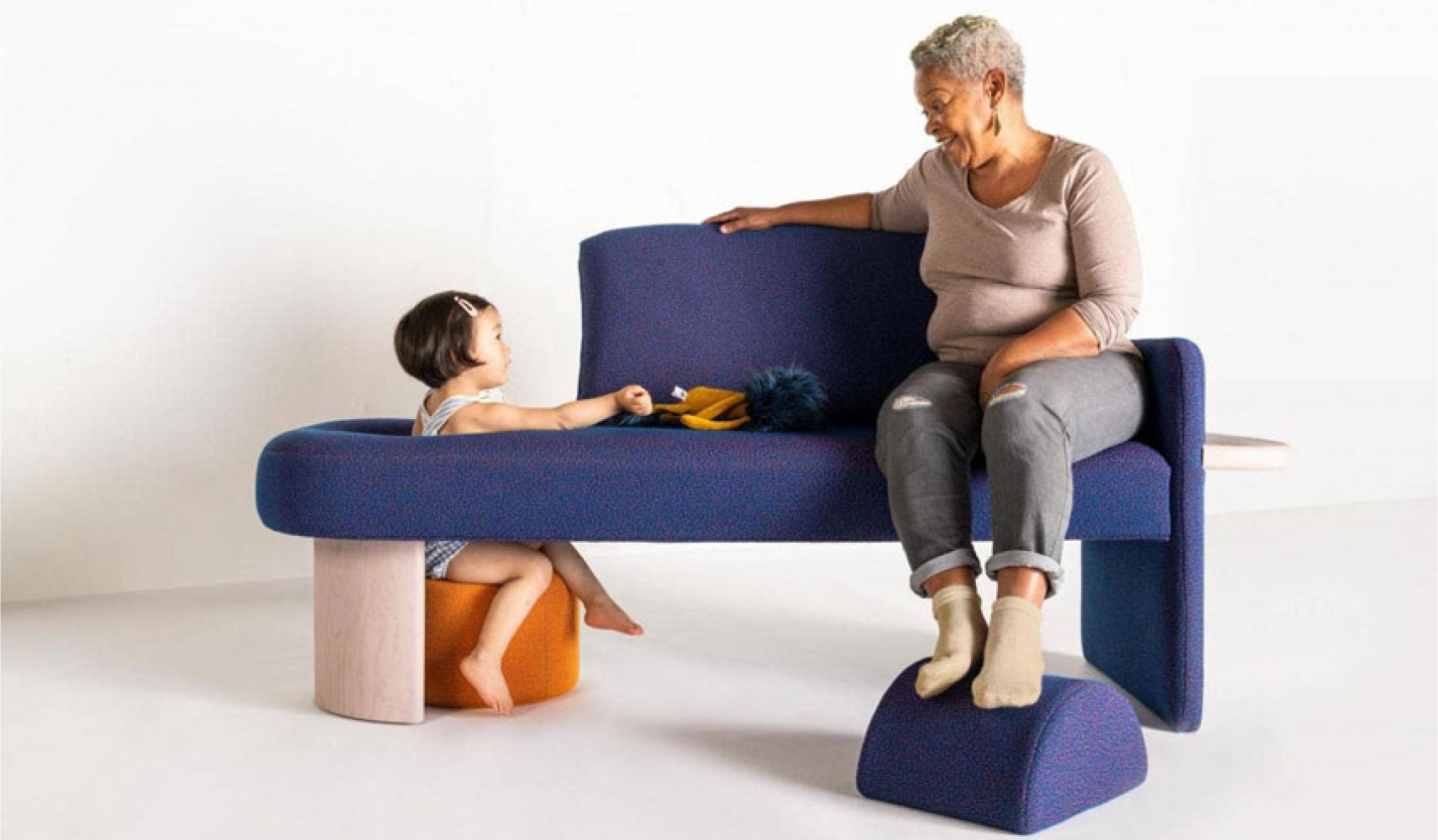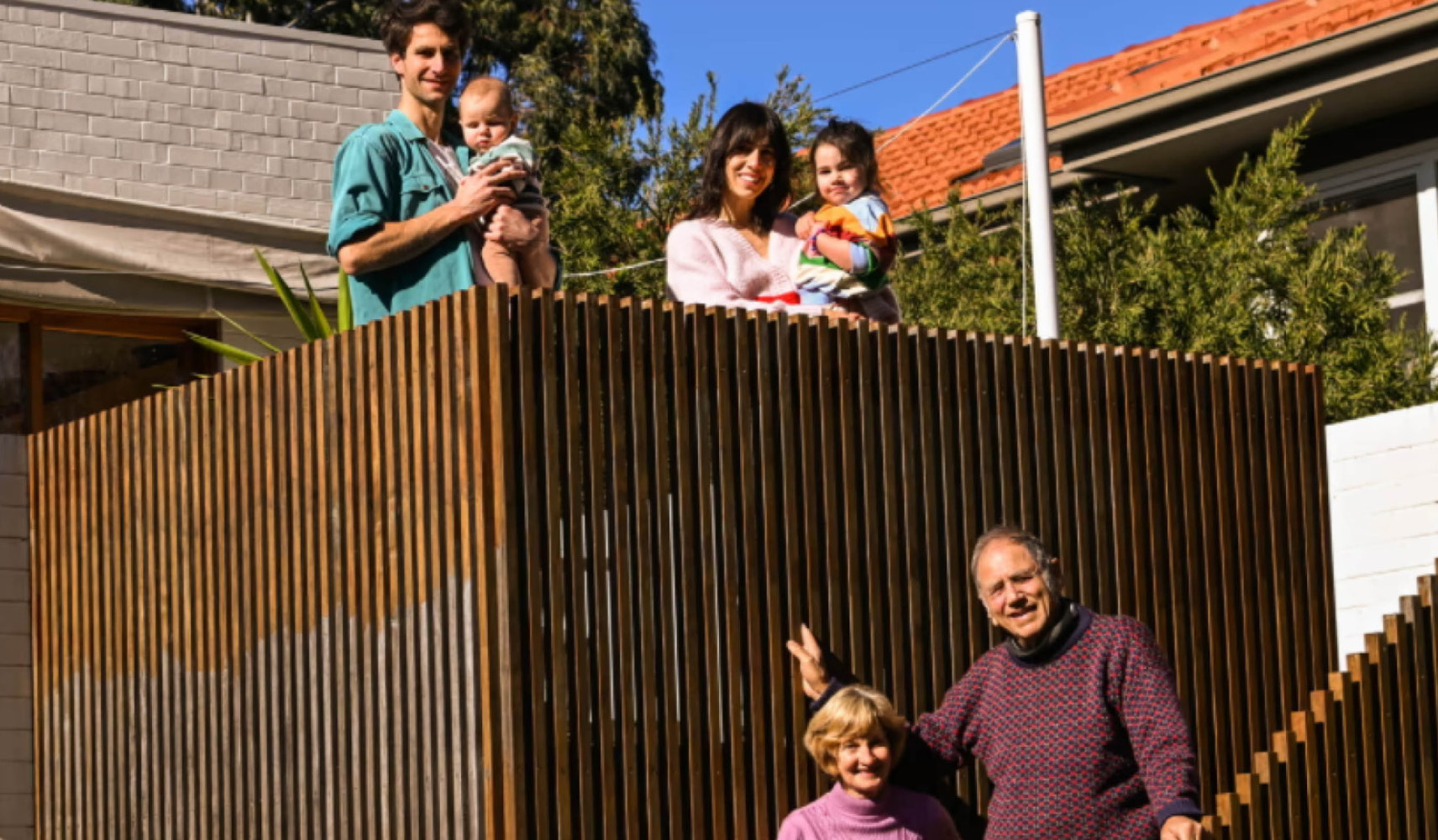Multi-Generational Living: Macro Trend Series
 Tracey Nearmy / The Guardian
Tracey Nearmy / The Guardian How will intergenerational co-living impact generational relationships? How will our homes need to adapt to cater to all generations under one roof? What opportunities are there to create inclusive and accessible spaces?
With evolving notions of home and shifting householder dynamics at play, we are exploring the rise of multi-generational living in our new macro trend series.
The home of the future will need to cater towards all
The balance between demographics and associated consumer needs is seeing a radical shift as ageing populations and the cost of living crisis both continue to develop. By 2030 the US will have more seniors than children for the first time ever as 70 million adults will be over the age of 65. Comparatively, 43% of UK adults already report finding it difficult to afford their rent or mortgage. These shifts in the householder economy demonstrate how intergenerational living is coming into focus as a viable option. Driven primarily by the costs of care and practicality, the home of the future will need to cater towards all; children, young people, parents and adults – as well as being a space for supporting the wellbeing of older people. It will need to be a space for work, play, learning and leisure for everyone, a place for togetherness but also privacy.
Exclusive to our Trend Platform, MyTrendBible, our Multi-Gen Life series analyses the implications of this ever-evolving and important shift in the future of life at home.
Part 1 – Cross-Generational Roomies
Traditional ideas of home ownership and the nuclear household dynamic are increasingly being rejected, as people are thinking twice before hopping on the property ladder or are being priced out entirely. As co-living becomes the necessity-driven reality, we’re tracking the emergence of unexpected house-shares between different generations – based on mutually advantageous and co-dependent dynamics.

From young graduates moving in with grandparents, older people moving into extensions of the family home, or cross-generational strangers striking up co-living arrangements, this shift towards intergenerational households sparks a movement towards unexpected friendships, community-led living and at-home care.
Part 2 – Designing The Ageless Home
Important shifts in household dynamics will lead to an equally important shift in how our homes are designed and utilised. Our homes will need to adapt to be ready for this change, with clear dividers of space to delegate the personal versus social. Home design will look towards adaptable and modular solutions, that allow spaces to be altered to suit specific functions and needs.

Product design will be deeply scrutinised to better serve these lifestyles with partitions and screens a key growth area. Householders will desire adaptable spaces of privacy and we also expect to see a rise in annexes, multi-purpose outbuildings and modern conservatories for both young people staying at home longer or elderly people looking for at-home care. The same-site ‘micro home’, is similarly poised for a boom as spare rooms, extensions and annexes are converted into mini living suites or second kitchens for extended households.
Part 3 – Ageing in Place

Part 3 of our Multi-Gen Life series explores the concept of ‘Ageing In Place’, as we analyse the future of the home for the many who will continue to live independently in older age. How will our homes need to adapt? How can we future-proof our homes to cater to an ageing population?
Unpack how changing household dynamics and multi-generational living is shaping the future of life at home when you subscribe to our Premium membership at MyTrendBible. MyTrendBible is our trend subscription service dedicated to The Future of Life at Home. It is designed to inspire and spark ideas, give your teams confidence in actioning trends and provide validation from across the globe.